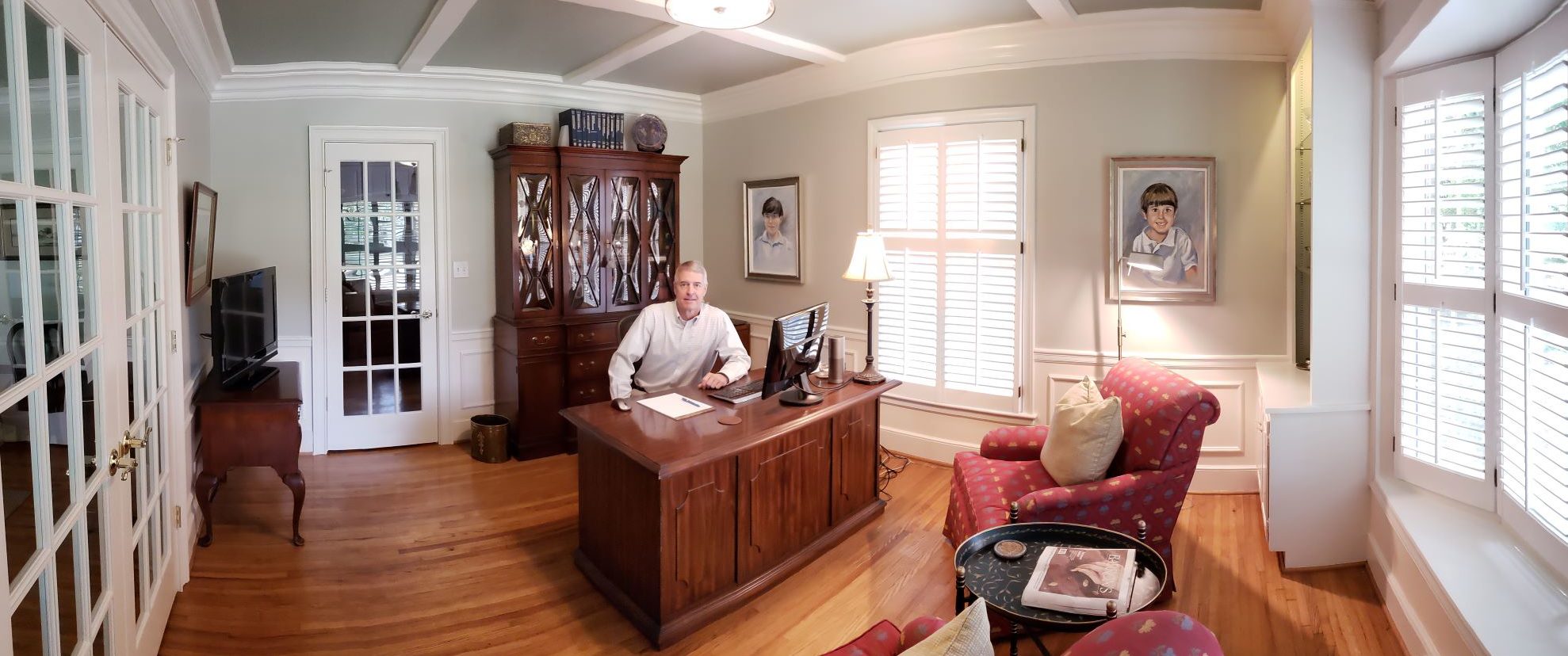It is hard to fathom the sway in sentiment from yesterday to today. Yesterday markets soared despite Biogen’s dismal news about a failed clinical trial that caused it to drop about 29%. Markets closed up strongly (S&P 500 +1.09%). Market analysts attributed the broad market strength to investors getting more comfortable with the Fed’s dovish stance.
Today, alarm bells went off because the yield curve inverted. This shouldn’t surprise anyone. The curve has been flattening for a while. The gap between the 3-month and 10-years yields is viewed as a leading indicator. It will be important to see if the inversion persists. The indicator’s success rate as a recession predictor increases when the inversion lasts more than 10 days. This is day 1. That was enough to send the S&P 500 back down -1.9%.
At the end of the day, there is no material, fundamental change. Sentiment changed, and that creates volatility.
Investing involves risk, including possible loss of principal. Past performance is not a guarantee of future returns.

Pingback: Quarterly Update – 1Q19 | Dalton Financial LLC